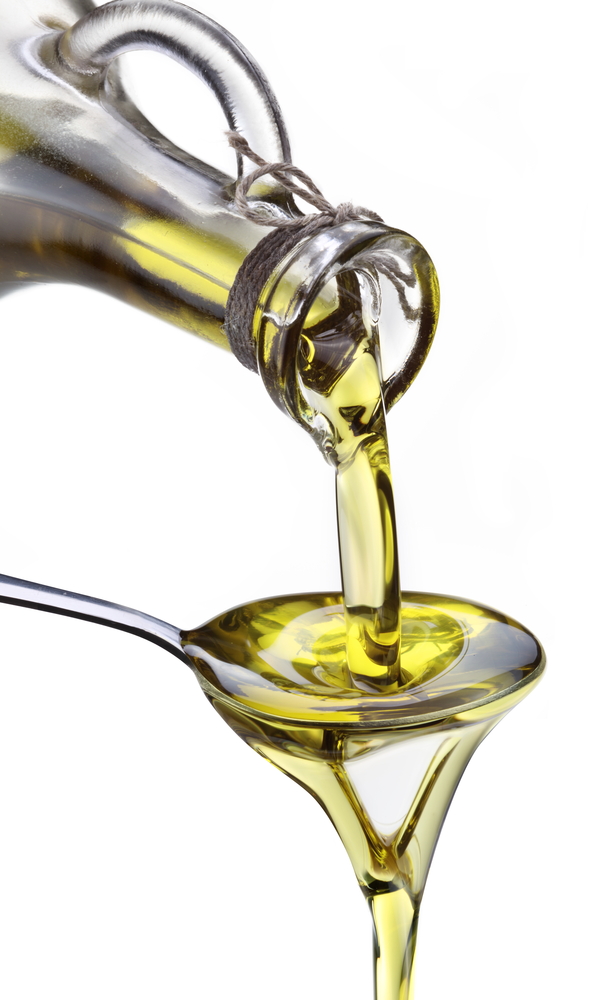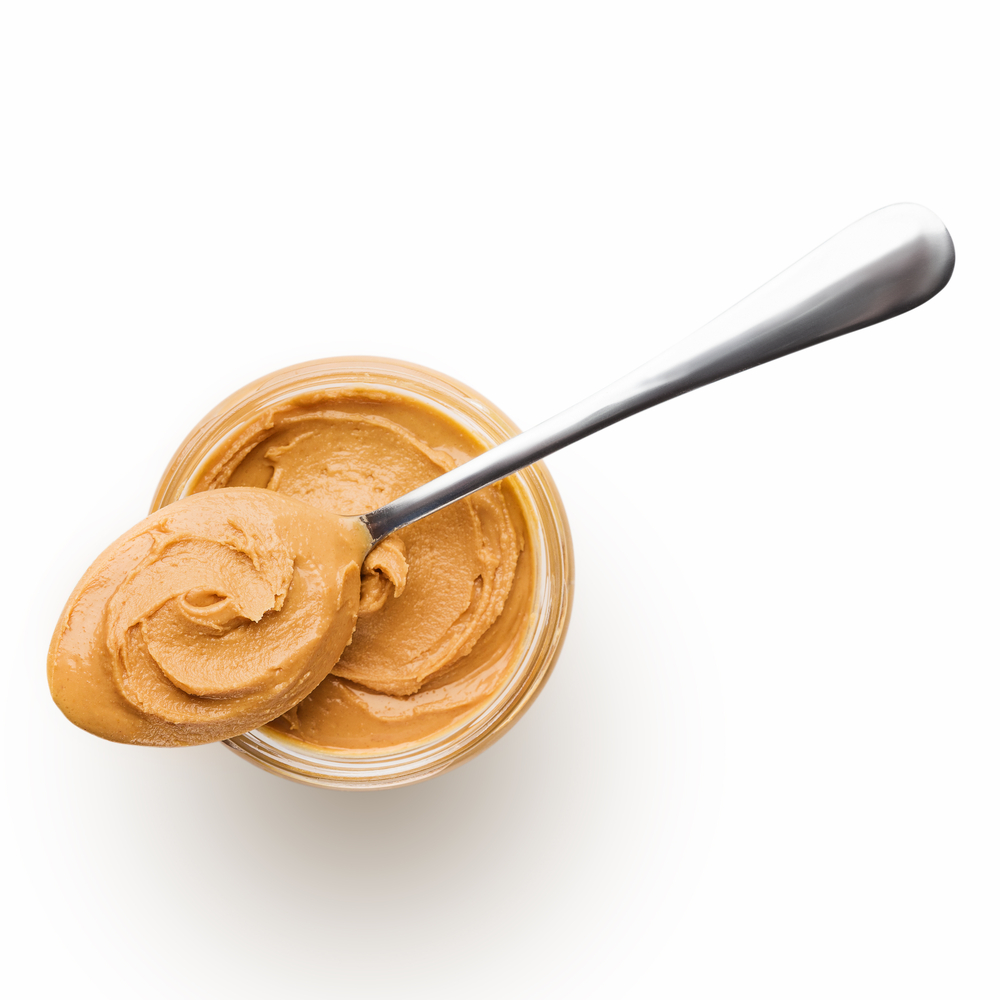
Can reading labels help you lose weight?
You bet!
When I work with clients, I really focus on getting the macros right. Specifically the right amount of carbohydrates (carbs) – and this is NOT a no carb or keto approach. They are typically lower carb and higher protein (compared to the average Western diet), but also higher in fibre. Many lower carb dietary approaches end up being low in fibre, and this is something I’m careful to avoid. I also don’t agree that to lose weight you have to eat tiny portions and be hungry all day. My mealplans are designed to help you lose weight, keeping you feeling full and not slipping into that ‘restrictive diet’ mindset.
I’m also always very clear you do need an awareness of calories if you want to lose weight. Portion size and calorie intake is a key piece of the weight loss puzzle and this is where reading food labels can help.
Reading food labels is a good habit to develop
It can be surprising to learn how many carbs and calories are in certain foods, even healthy foods. This doesn’t mean avoiding them, it’s just about being sensible and being aware.

Olive oil is undeniably healthy. However when it comes to weight loss, it’s important to acknowledge that it’s high in calories.
👉🏻1 tablespoon olive oil = ~120 cal
👉🏻1 teaspoon olive oil = ~40 cal
As you can see, over the course of a week, being too casual with your pour can soon add up.

Peanut butter is also high in calories and very easy to over eat. Having a rough idea of calorie content can help you reach your weight goal
👉🏻1 tablespoon peanut butter = ~94 cal
👉🏻1 teaspoon peanut butter = ~31 cal
Some peanut butters also have added sugar.
Many foods have a surprising calorie content, and this is where reading food labels comes in. These are generally the things I recommend you look for when reading food labels:
- Ideally choose products with no added sugar. You can check how far down the list of ingredients sugar is (ingredients are listed in order of quantity). Be careful as sugar has many different names, and food manufacturers can hide sugar by listing it under other names so it doesn’t appear high on the list of ingredients. Anything ending in -ose will be a form of sugar, however not all of these are unhealthy. Lactose, for example, is a naturally-occuring sugar found in dairy, so doesn’t count as an added sugar. This is also why dairy products contain sugar even when they don’t have sugar added, as these natural sugars count towards “of which are sugars”
- Aim to keep sugars to less than 10%, or 10g per 100g food. This goes for condiments, sauces, yoghurts, etc. Many sauces are 1/4 sugar (eg popular-branded tomato ketchup contains 24g sugar per 100g, so every tablespoon sauce contains around a staggering 1 teaspoon of sugar)
- Carbs are listed as “carbohydrates” and “of which sugars”. This is an important distinction. Carbs can be sugars, fibre and starches. While added sugars should be kept to a minimum, fibre and starches play an important role in keeping us healthy and are especially important for gut health. If a food has a higher total carb content but is still low in the “of which sugars” section of a food label, it is less of a concern than a food with the same total carbs but that is higher in “of which sugars” section.
- If you have sensitivities to certain ingredients (eg, gluten, wheat, dairy), then it’s especially important to read the ingredients. Common allergens are usually listed in bold
- Look to minimise E numbers and preservatives.
- Reading food labels indicates how many servings a particular item is meant to feed. And this is often surprising! A good example is breakfast cereals. Quite often a serving size for a breakfast cereal will be 30g. Most people have more than 30g cereal, so be aware of this when calculating your calories and/or macros.
- Although food labels vary, they must provide basic information on calories, macros (protein, fats (saturated fats), carbs (sugars) and salt)
- I generally recommend clients aim to consume 20-30% of their diet from fats (or lipids), 30-40% of calories from carbs and 25-40% of calories from protein. The tweaking depends on many factors including your weight goal, age, lifestyle, exercise levels etc, but you can use this as a guide when reading food labels too. Typically a higher protein intake will be recommended for those looking to lose weight. But as always, a personalised nutrition plan will be the most beneficial as it will be tailored to your specific needs.
Get in touch if you’d like to discuss how we can work together.
